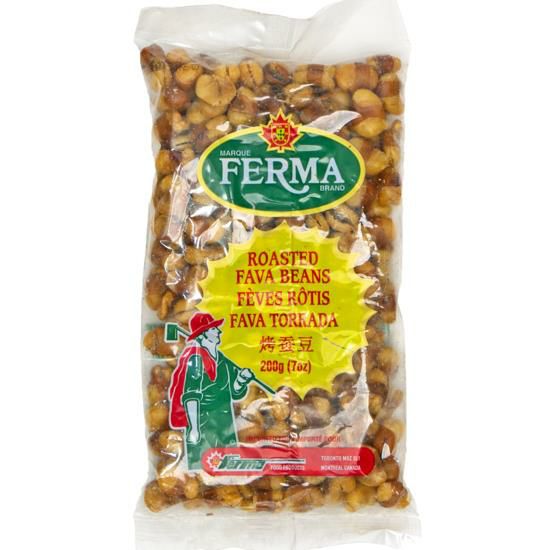Brew 'A' Recipe

Brew 'A' (23 Litres)
In 1862 Thomas Cooper was prompted to brew a batch of ale to be used as a tonic for his ailing wife, Ann. It was Ann, the daughter of an Innkeeper, who supplied the recipe. On the 17th of May 1862, Thomas wrote in his Day Book, "The Ale brewed on 13 put in Cask and in drawing it out of the Working Tub the tap came out and I lost 2 or 3 gal Ale. Pity".
Luckily for us, he salvaged the remainder and upon sampling the brew, his neighbours were asking for more – a situation that Brewers know too well! Thomas went on to use alphabet characters for identifying his brews with this (Brew 'A') being his first. His base recipe was 4 bushels (B) of English Malt, 8 pounds (lb) of Kent Hops to 46 Gallons (gal) of water. At the time and being unlicensed, he could only sell parcels of his brew not less than 5 gallons at a time. This equates to 2 ½ dozen quart bottles or 23 litres, which coincidentally, has become the standard brew length for modern day DIY brewers. In those days, the beer making process may have taken as long as 9 weeks prior to bottling; brew the wort, allow the wort to cool, primary fermentation in a large vat (about 4 days) then transfer to casks for secondary fermentation and clearing (up to 8 weeks).
Averaging a batch every two weeks, he soon settled on a formula of 1B Malt, 2lbs Hops made to 13 gal selling for 6 shilling per dozen and a stronger version, only made to 11 gal, for 7 shilling per dozen. So based on modern brewing techniques this recipe has been designed to replicate as closely as possible Brew ‘A’, The brewery's first ever recorded brew. Unlike the "good ol' days", we don’t have to endure substandard equipment, poorly converted malt, stale hops, lazy yeast and airborne spoilage organisms – phew!!
Ingredients
- 3.4kg Australian Pale Ale (2x 1.7kg)
- 1lb Light Dry Malt
- 50g East Kent Golding Hops (x2 28g)
- One sachet of S-33 yeast
- Dextrose Corn Sugar
Features:
- Colour: Gold
- Body: Heavy
- Bitterness: Medium/High
- Approx. Alcohol Level: 7.1%
- Naturally Carbonated: Natural
Instructions:
STEP 1: Mix
Steep 25g of EKG pellets in about a litre of just boiled water for 15 to 30 mins. In a fermenting vessel, mix the Australian Pale Ale brew cans and Light Malt together with the strained hop infusion and 2 litres of cold water. Add cold water up to the 20 litre mark and stir vigorously.
Check the brew temperature and top up to the 23 litre mark with warm or cold water (refrigerated if necessary) to get as close as possible to 21C.
Sprinkle the dry yeast (including the yeast supplied with the brew cans) or stir in the commercial yeast culture then fit the lid.

STEP 2: Brew
Try to ferment the brew around 21C.
After a few days of fermentation, add the remaining EKG hop pellets, either directly to the brew or in a sanitized cloth mesh bag (we recommend wrapping them in a mesh cleaning cloth, pulled straight from the wrapper).
Fermentation has finished once the specific gravity is stable over 2 day

STEP 3: Bottle
We recommend the use of PET bottles or reusable glass bottles designed for storing beer.
Bottles need to be primed so that secondary fermentation (producing the gas in the bottle) can take place.
Priming
Add carbonation drops at the rate of 1 per 330ml/375ml bottle and 2 per 740ml/750ml bottle. Sugar or dextrose may be used at the rate of 8g per litre (approximately 6g of sugar to a level metric teaspoon).
Store the bottles out of direct sunlight at 18C or above for at least 1 week while secondary fermentation occurs. Your beer can be consumed after 2 weeks.

STEP 4: Enjoy!
While we recommend leaving your bottles to condition at or above 18C for at least 2 weeks - you may find that your brew benefits from further conditioning.
This brew may be poured into a glass cloudy (gently mixing the yeast deposit evenly through the beer) or bright (decanting the brew off the yeast sediment).
Expect the alcohol content to be around the 7.1% ABV mark.



Leave a comment